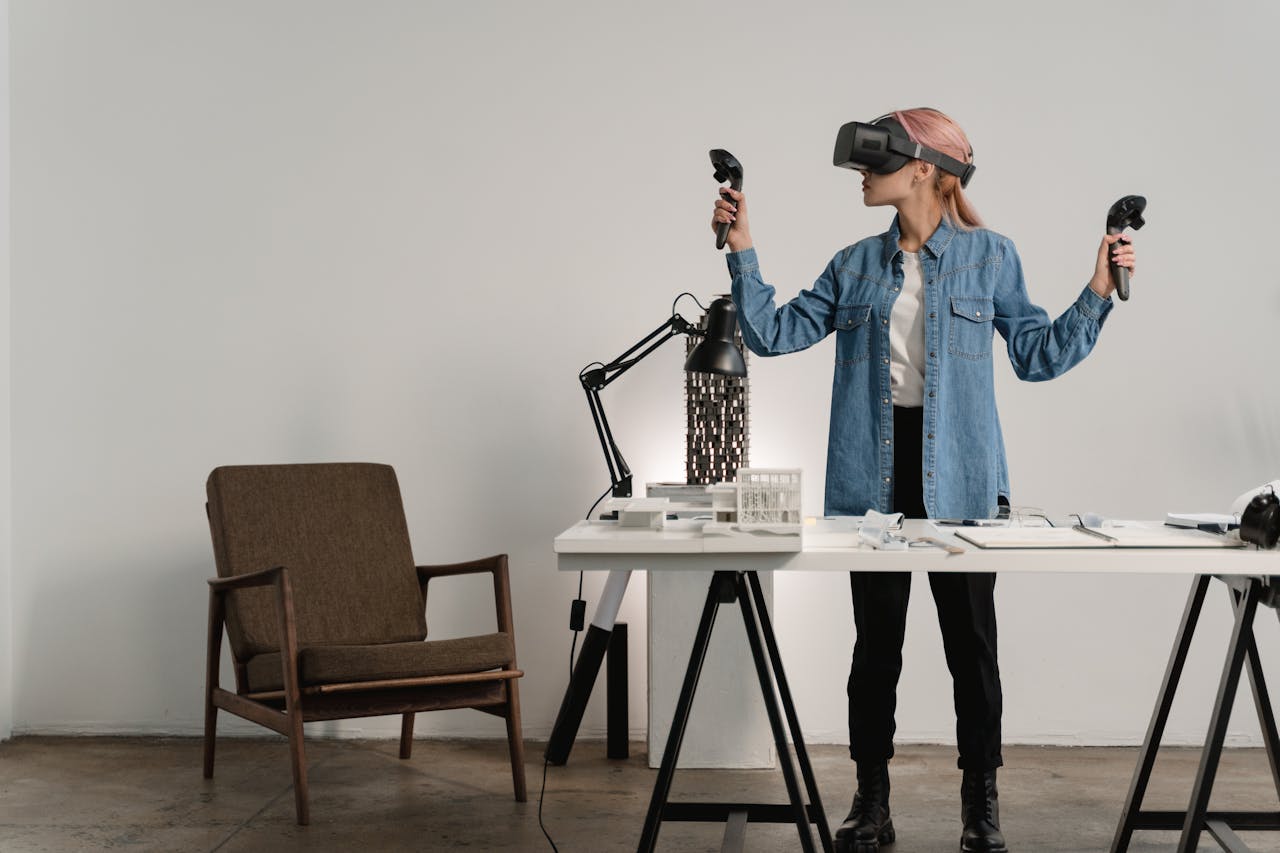Integrating Movement Into Your Workday: A Step-by-Step Guide for Desk Workers
Introduction: Why Movement Matters More Than Ever
Let’s face it—modern work keeps us still. Whether you’re at home or in the office, long stretches of sitting are part of the deal. But here’s the truth: your body isn’t meant to stay in one position for hours.
The good news? You don’t need a gym membership or hours of free time. You just need a plan to integrate simple movements into your day—and this guide will show you exactly how.
The Problem with Static Workdays
The Health Risks of Prolonged Sitting
Research links sedentary work with:
-
Poor posture and spinal issues
-
Increased risk of obesity, diabetes, and cardiovascular problems
-
Higher levels of fatigue and mental burnout
Impact on Mental Clarity and Productivity
Inactivity slows blood flow and brain oxygenation, leading to:
-
Brain fog and sluggish thinking
-
Trouble focusing for long periods
-
Decreased mood and motivation
Movement isn’t just good for your body—it’s fuel for your brain.
Step-by-Step: How to Add Movement Into Your Workday
Step 1: Assess Your Current Activity Patterns
Start by answering:
-
How long do I sit without moving?
-
Do I experience stiffness, fatigue, or discomfort?
-
When do I feel most energized or drained?
Awareness is the first step to change.
Step 2: Set Realistic Movement Goals
Try one of these goals:
-
Move for 3 minutes every hour
-
Stand for 2 hours during the workday
-
Stretch 3 times per day
Keep it simple—you can always build from there.
Step 3: Use Timers or Apps to Stay on Track
Try:
-
Pomodoro timers (25 work / 5 move)
-
Movement reminder apps like Stand Up! or Stretchly
-
Smartwatches with inactivity alerts
Step 4: Alternate Sitting, Standing, and Moving
With a height-adjustable desk, alternate every 30–60 minutes:
-
Sit → Stand → Move
-
Try standing during emails or calls
-
Add a walk after meetings
Step 5: Add Desk Exercises and Micro-Stretches
Try these quick wins:
-
Shoulder rolls
-
Neck tilts
-
Wrist and ankle circles
-
Standing marches or desk push-ups
Step 6: Incorporate Movement into Meetings and Breaks
-
Suggest walking meetings
-
Use breaks to stretch or step outside
-
Stand up when you take phone calls
Step 7: Track Progress and Make Adjustments
Log:
-
How often you moved
-
How you felt after
-
What helped vs. what didn’t
Consistency beats perfection. Adjust your plan as needed.
Movement-Friendly Tools That Make a Difference
Creating a more mobile workday isn’t just about discipline—it’s about designing a space that encourages action.
Height-Adjustable Desks for Seamless Transitions
These desks make it easy to:
-
Switch postures without interrupting work
-
Perform standing stretches or marches
-
Customize your setup to fit your body and routine
With a height-adjustable desk from PurusLife, movement becomes second nature.
Anti-Fatigue Mats, Balance Boards, and Footrests
Enhance your standing experience with:
-
Anti-fatigue mats: Reduce leg fatigue during long standing sessions
-
Balance boards: Promote active standing and engage core muscles
-
Footrests: Useful for both sitting and standing to shift pressure and improve comfort
Wearables and Habit-Tracking Apps
Apps and devices can give you a nudge when you’ve been still too long:
-
Apple Watch, Fitbit, Garmin (inactivity alerts)
-
Apps like Move Reminder, Stretchly, or Time Out
Sample Daily Movement Schedule (Workday Blueprint)
Here’s a basic routine you can adapt to your schedule:
| Time | Activity |
|---|---|
| 8:30 AM | Start work seated, 3 deep breaths, shoulder rolls |
| 9:30 AM | Stand for 15 mins while checking emails |
| 10:30 AM | Walk/stretch break (3 mins) |
| 11:30 AM | Seated with wrist and neck stretches |
| 12:30 PM | Lunch walk (10 mins outside or inside loops) |
| 2:00 PM | Stand + balance board during a call |
| 3:00 PM | Desk push-ups or wall stretches |
| 4:00 PM | Light squats + ankle rolls before final tasks |
| 5:00 PM | End of day wind-down walk or stretch |
Tips to Stay Consistent Without Disrupting Focus
Start Small and Build a Routine
Begin with one or two mini-movement breaks. As it becomes a habit, layer in more.
Involve Your Team or Family for Accountability
Create a culture of movement:
-
Challenge coworkers to join
-
Set reminders together
-
Turn it into a friendly competition
Pair Movement with Tasks You Already Do
-
Stretch while reading emails
-
Do calf raises during Zoom calls
-
March in place during presentations
FAQs About Movement at Work
How often should I get up during the day?
Stand, stretch, or walk for at least 2–3 minutes every hour. Even small moves matter.
Can short movements really make a difference?
Yes! Just 2 minutes of movement improves circulation, alertness, and mood.
What are the best stretches for office workers?
Focus on:
-
Neck rolls
-
Shoulder shrugs
-
Back extensions
-
Wrist and finger flexes
Is it okay to exercise in regular work clothes?
Absolutely! Most desk exercises are low-impact and don’t require a change of clothes.
Do I need a full workout to feel better?
Nope! Movement > intensity. Frequent light activity adds up and boosts your well-being.
What if I work in a very small space?
That’s fine—try seated stretches, standing twists, or even a brisk walk around the room.
Conclusion: Move More, Stress Less, and Work Better
You don’t need a personal trainer or gym breaks to stay healthy at work—you just need a plan.
With the right tools, like a height-adjustable desk from PurusLife, and the habits in this guide, you can turn any workday into a more energizing, focused, and comfortable experience.
So stretch. Stand. Breathe. Move.
Your body—and your brain—will thank you.

